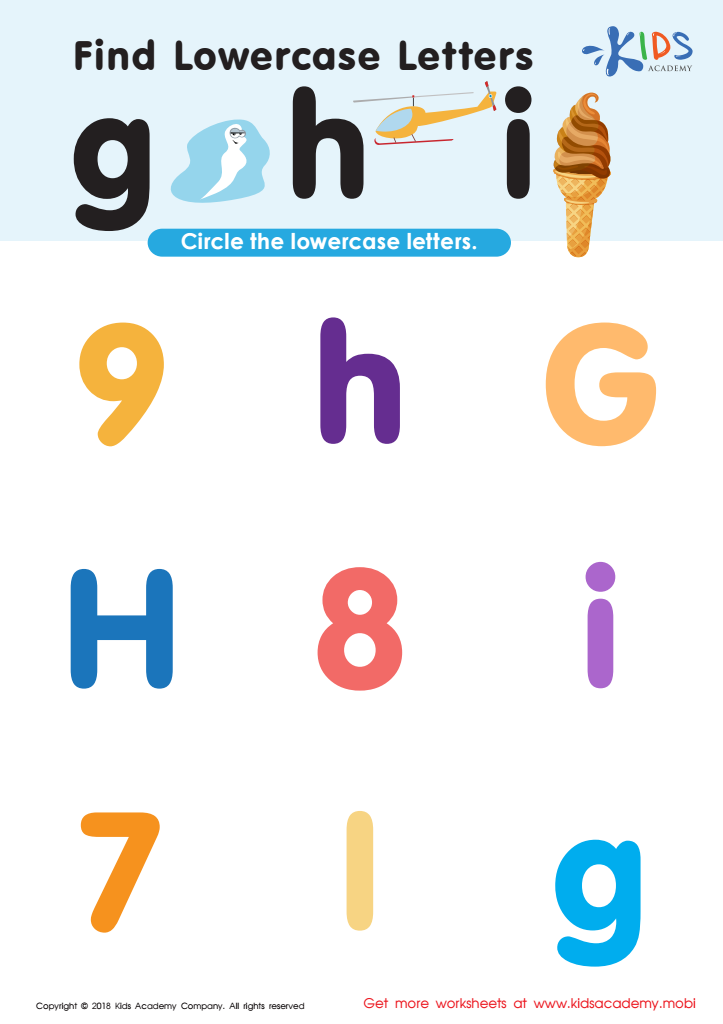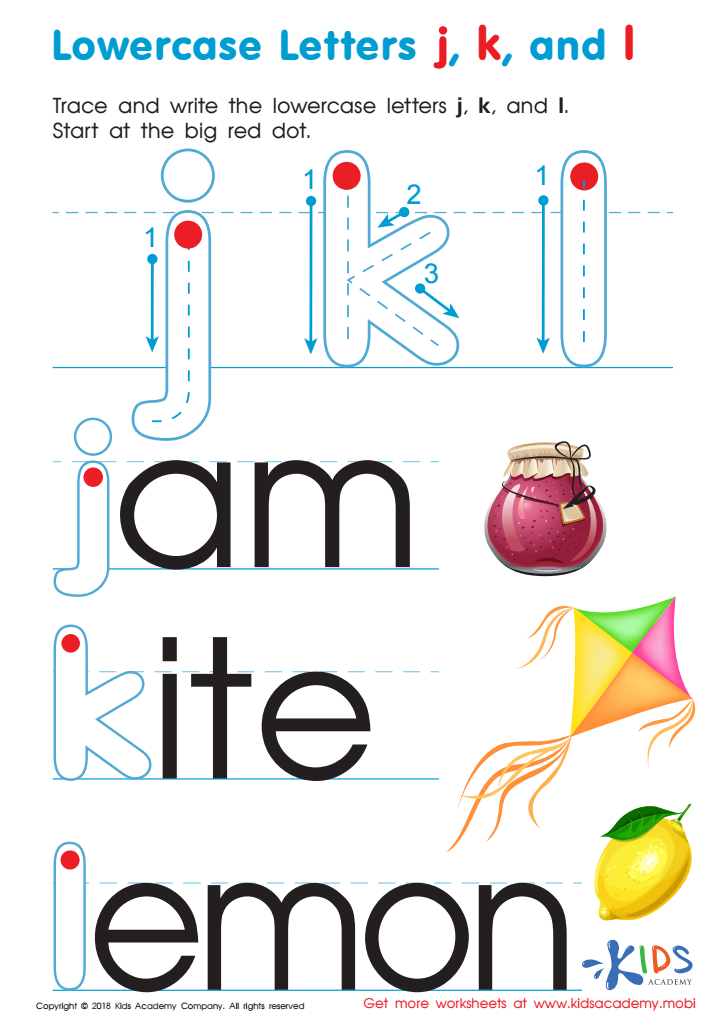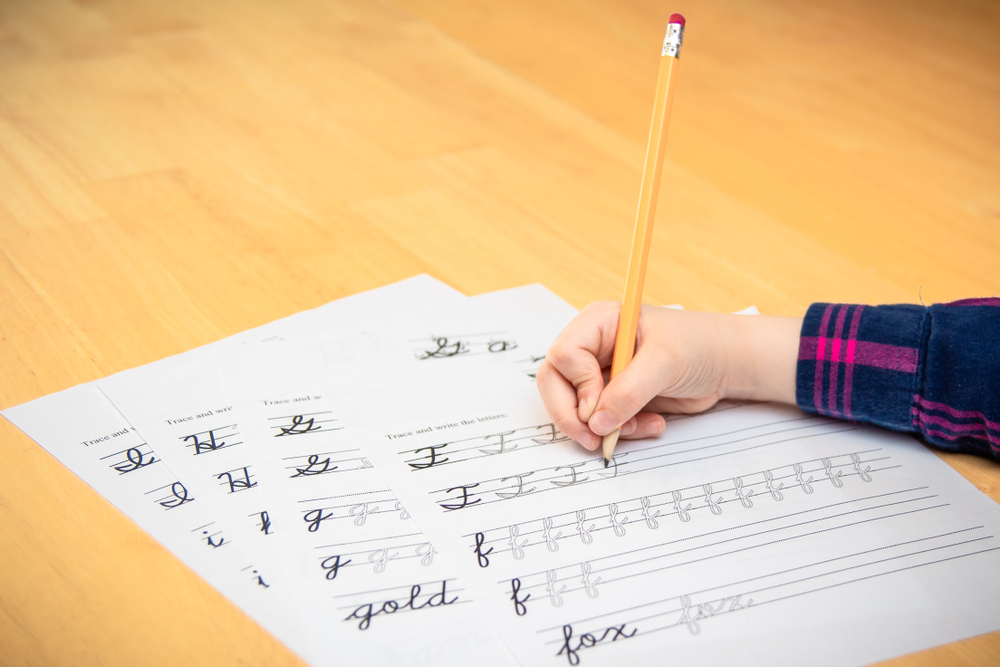Alphabet sequencing Normal Alphabet Worksheets for Ages 5-7
4 filtered results
-
From - To
Discover our engaging Alphabet Sequencing Worksheets for children aged 5-7! These interactive resources are designed to help young learners recognize and properly arrange the letters of the alphabet. Each worksheet features fun activities to boost letter familiarity and improve fine motor skills as kids practice writing and sequencing. Perfect for classroom or home learning, our worksheets encourage early literacy development through playful exercises. Parents and teachers can easily download and print these vibrant worksheets to support children's educational journeys. Foster essential alphabetical skills in a fun, enjoyable manner, setting the foundation for future reading and writing success!


Find Lowercase Letters g h i Worksheet


Lowercase Letters p q r Worksheet


Uppercase Letters Maze Worksheet


Lowercase Letters j k l Worksheet
Understanding alphabet sequencing is crucial for children aged 5-7, as it serves as the foundation for their reading and writing skills. During these formative years, children are developing phonemic awareness, letter recognition, and the ability to sound out words. Proper sequencing helps them grasp the alphabetical order, which is essential for navigating dictionaries, conducting research, and organizing information.
Parents and teachers should prioritize alphabet sequencing because it fosters cognitive skills that aid learning. When children can recite and understand the alphabetical order, they begin to recognize patterns in language, making them more agile in both spoken and written communication. This familiarity boosts their confidence and encourages a love for reading.
Additionally, incorporating alphabet sequencing into daily activities can create a fun and interactive learning environment. Using games, songs, and engaging discussions promotes retention and encourages collaboration among peers. Furthermore, dyslexic or struggling readers can benefit from focused sequencing exercises, helping them bridge gaps in understanding.
Ultimately, nurturing a strong grasp of alphabet sequencing not only enhances literacy proficiency but also equips young learners with essential life skills such as organization and problem-solving. Encouraging this skill sets the stage for ongoing academic success.

 Assign to My Students
Assign to My Students














